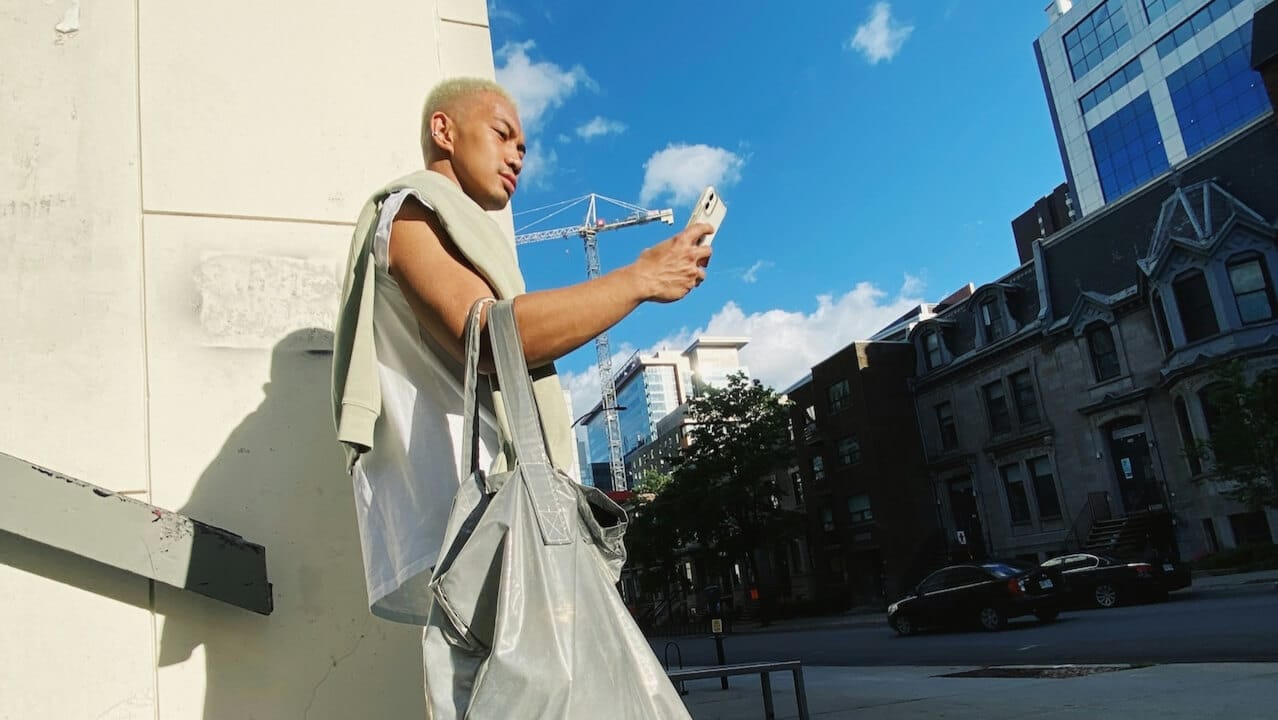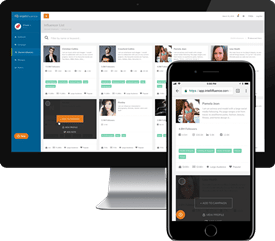TikTok has changed a lot since its early days of 15-second clips — and so has what works. If you’ve ever asked, how long should TikTok videos be? or how long should a TikTok video be to go viral?, the short answer is: it depends — on your audience, your goal(s), and what you can do with the first few seconds. Below you will learn the current maximum allowed length (so you know your upper limits), the practical “sweet spots” backed by recent data, the attention mechanics that decide whether people keep watching, and a compact best-practices checklist you can use when planning each video.
Maximum Length Allowed (2025)
As of 2025, TikTok lets creators publish much longer videos than in the app’s early years. The platform’s own documentation shows you can record videos up to 10 minutes inside the app, while uploads (pre-made files) may be accepted at longer lengths — many creator resources report uploads up to 60 minutes (1 hour) for some accounts.
According to TikTok, you’re free to publish anything from a 3-second microclip to hour-long uploads in many cases, but most creators don’t need anywhere near that limit for discoverability or virality. Use the full-length capability only when the content genuinely benefits (tutorials, episodic series, interviews, etc.).
The “sweet spot” — what data and creator benchmarks say
There isn’t a single magic length that guarantees virality. But several consistent data points and platform signals point to practical ranges depending on your goal:
For discovery / broad reach (the usual viral aim): short to mid-length clips—15 to 45 seconds—tend to perform strongly because they’re easy to consume and complete, according to Socialinsider. Many platform analyses and creator benchmarks still show that high completion rates for shorter clips help the algorithm push content to more viewers.
For engagement / deeper content (tutorials, storytelling, reviews): 60–180 seconds often works better, because you need time to deliver value. If you can keep viewers watching past the midpoint and toward the end, total watch time climbs — and TikTok favors watch time as a ranking signal (source: OkGrow).
For “longform” and series: creators experimenting with multi-minute formats (3–10 minutes, or longer where allowed) sometimes see excellent results when the video is genuinely compelling — but longer videos are riskier: they demand more from the viewer and must justify their duration with payoff, novelty, or personality. Some research shows longer videos can accumulate more raw watch time and thus sometimes earn more reach — but only if retention is solid.
Put simply: shorter is safer for reach, longer can win if you keep people watching.
Why the First Three Seconds Decide so Much
User behavior on TikTok is lightning fast: many viewers decide within the first few seconds whether to keep watching or keep scrolling. Studies and platform guidance repeatedly emphasize the importance of that immediate “hook.” One widely cited stat is that a large majority of viewers form a decision in the first three seconds; viewers who stick past that window are far more likely to continue for 10–30+ seconds, according to Animoto.
Because TikTok’s algorithm prioritizes watch time and completion, your opening must do two things instantly:
1. Promise value — tell the viewer what they’ll get (a reveal, a tip, a joke payoff).
2. Create pattern interrupt — a curious visual, question, or surprising line that stops the thumb.
If your hook works, even a 60-second or 5-minute video can look appealing to the algorithm because people keep watching. If it doesn’t, even a 10-second clip will die quickly.
Concrete Metrics to Watch (and Aim for)
Data and creator playbooks converge on a few practical watch-time targets:
Aim for high relative completion. Many sources recommend targeting ~70%+ average watch time as a strong signal; top performing videos often achieve even higher completion rates. If your 30-second video averages 21+ seconds watched, that’s a great sign, according to Loomly.
Know raw watch time matters — not just likes. TikTok values total minutes watched across your video as much as (or more than) traditional engagement metrics. If longer content gives you more cumulative watch time without tanking retention, it can help reach.
Platform averages shift over time. Reports indicate the average TikTok clip length has crept upward in recent years (many note averages near 30–40 seconds in recent analyses), but that doesn’t overturn the benefits of short, punchy content for discovery.

Featured Influencer: Kara Allan
I am a Personal Style Coach and Makeup Artist that was trained by and worked for Stacy London. I teach women and men to have a powerful presence through their appearance I am a mom of a two beautiful girls ages 24 and 22 and 17 year old handsome boy and GlamMa of a 4 year old grandson and a 2 year old granddaughter. I love traveling, Miami and Italy are my two favorite destinations. I am a Foodie, I love to cook and try new things. I post about Beauty, Fashion, Decor, Food, Fun and Travel!
Test against your audience (Source: Planable).
Factors That Determine How Long Users Will Watch
Beyond the hook and the absolute running time, these elements influence how long a viewer stays:
Topic fit: Fast, snackable content (memes, quick tips, humor) generally benefits from less than 30 seconds. Demonstrations, how-tos, and storytelling need more time.
Pacing & editing: Quick cuts, captions, and visual shifts increase perceived momentum and reduce drop-off.
Expectation vs payoff: If the first seconds promise a payoff (an object revealed, a life hack, a surprising reveal), viewers will tolerate longer builds.
Audio and captions: Using an engaging sound, relevant captions, or on-screen text clarifies the value quickly — especially important when viewers watch with sound off.
Audience habit: Niche communities have different norms; some niches expect longer, edgier content and will stay for several minutes. Always compare your video’s performance to similar creators.
Best Practices — a Checklist for Choosing Video Length
Use this list every time you plan a TikTok:
Start with the hook (0–3 seconds). Lead with a bold question, shocking visual, or a promise of payoff. If it doesn’t stop the thumb, length won’t save you.
Match length to promise. If you promise “one quick tip,” keep it under 30 seconds. If you promise a full tutorial, plan for 60–180 seconds or a multipart series.
Aim for strong completion, not arbitrary shortness. A 90 second video with 75% completion is better than a 15 second video with 20% completion — the algorithm sees total watch time (Source: Loomly).
Use captions and on-screen steps. They speed comprehension and keep silent viewers engaged.
Trim the fluff. Every second must justify itself. Cut any clip that doesn’t add value or momentum.
Test and learn. Upload multiple lengths of similar content and compare average watch time and reach. Use the data to refine your sweet spot.
Repurpose longer content into short hooks. If a long video performs well, cut highlights into short versions to drive viewers back to the full piece.
Think in episodes. If you have a long topic, break it into serial clips (Part 1, Part 2) to encourage returning viewers and higher per-video completion rates.
Monitor platform changes. Limits and algorithm emphasis shift — stay aware of TikTok’s help center and creator updates.
TikTok influencers can use Intellifluence to seamlessly connect with brands that match their niche, style, and audience size. Our platform enables creators to browse paid and product-based collaborations directly, eliminating the guesswork of outreach or negotiation. By joining Intellifluence for free, you can collaborate with reputable brands seeking authentic TikTok content, making it easier to monetize creativity while staying genuine to your followers. Because Intellifluence supports influencers of all sizes—from micro to mega—it’s an ideal way to build long-term partnerships, grow visibility, and produce engaging sponsored videos that align naturally with your existing TikTok presence.
To wrap things up, plan for 15–45 seconds when your goal is reach/virality, and 60–180 seconds when your goal is instruction or narrative depth — but always prioritize a strong 0–3 second hook and aim for high completion. That balances what the algorithm favors (watch time and retention) with what real users prefer (clear value, quick payoff). Keep testing, measure average watch time, and optimize from there.

SallyBot is committed to helping users get the most out of Intellifluence. By helping brands create campaigns, providing unparalleled customer service and offering useful advice, nothing makes SallyBot happier than hearing she is liked… Really, really liked.






